Sustainability and welfare in the latest edition of Poultry World
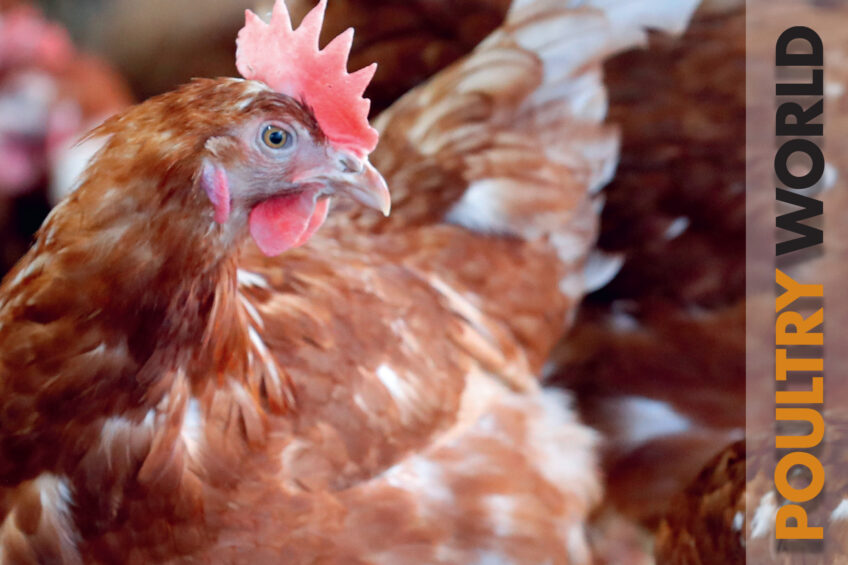
In this edition of Poultry World we visit a broiler farm in Belgium, look at the benefits on mating of starting with a low percentage of males, and consider the potential of genetically select hens with blunter beaks. Also, in a special focus section of this edition, we focus on welfare and sustainability in poultry production. This and more in the latest edition of Poultry World.
Farm visit: ‘Last ounce of growth is not the most crucial thing’
Belgian broiler farmer Gunther Leenaerts says that while technical results with his flocks is important, no antibiotic usage is even more crucial. Poultry World visits the farm which comprises 6 grow-out houses at 2 sites with 235,000 boiler places in total.
Interview: ‘The entire poultry production chain must benefit’
The World Poultry Foundation is building value chains with dual-purpose chickens in African countries. Senior program director for Africa, Jan de Jonge, says that all links in the chain must benefit to guarantee continuity. In this interview he tells us why they work with dual-purpose birds and what the results are.
Breeding: Fewer males, more mating
Research has shown that about 90% of matings in broiler breeders are forced. This leads to about 50% failed matings. In addition, mating behaviour in broiler breeders is often rough, with an increased risk of damage to hens’ feathers and skin. Starting with a low male percentage and increasing this over time can lead to more voluntary matings, better feathering and higher fertility later in life.
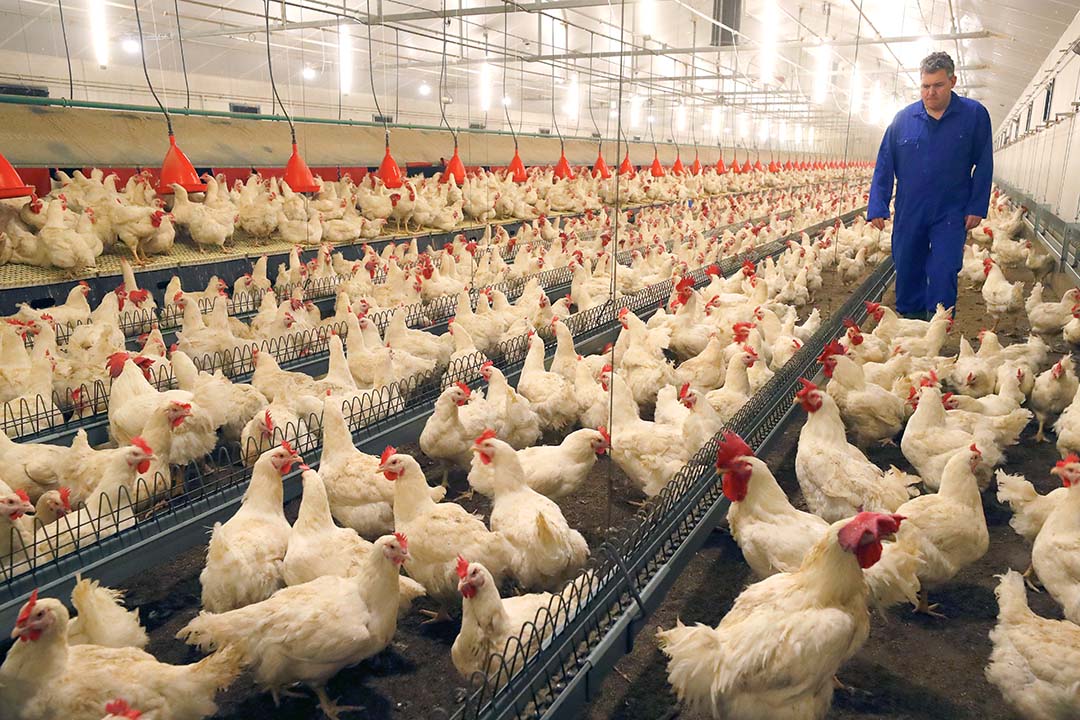
Research: Natural variation in beak shape influences feather pecking
Severe feather pecking in laying hen flocks remain a challenge. Different birds have different beak shapes. Understanding the natural variation in beak shape could help reduce feather pecking damage in laying hens. A potential alternative could therefore be to genetically select hens with naturally-occurring blunter beak shapes.
Health: Understanding avian pathogenic Escherichia coli
Colibacillosis and associated diseases caused by pathogenic Escherichia coli strains have long burdened the poultry sector worldwide. Advances in analytical research tools and feed additive technologies provide an opportunity to understand the issue better and to incorporate targeted nutritional strategies.
Importance of measuring and quantifying sustainability
Sustainability is a hot topic as the population continues to grow and the limits of food production are already in sight. At dsm-firmenich’s 2023 Global Poultry Days, the important role of the poultry industry in catering to the growing food demand was discussed.
Nutrition: Poultry carcass data helps to fine-tune diets
The internal and external condition of a poultry carcass represents the quality of the meat, along with bird health and welfare. A new tool evaluates lesion scores and estimates the economic impact of those lesions in a poultry production operation.
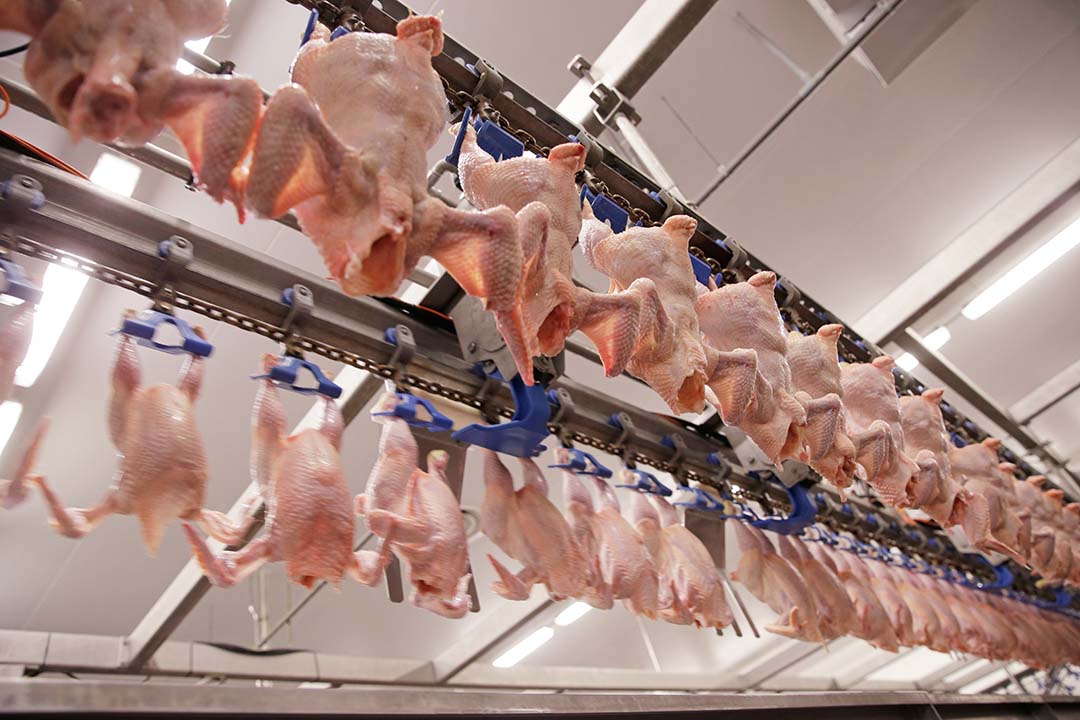
Interview: ‘Feed conversion is king’
Breeding organisation Hubbard invests a quarter of its turnover in R&D, a third of which goes to improving the slow or slower-growing lines, according to managing director Olivier Rochard, calling this the ‘premium segment’. In this interview we ask how he sees the market for breeders and broilers, what he foresees for Northwest Europe and Africa, why the company is investing heavily in slower-growing breeds, and his thoughts on avian influenza.
In a special focus section of this edition of Poultry World, we focus on welfare and sustainability in poultry production…
Precision poultry production improves welfare and sustainability
Precision poultry production faces various challenges, including technical problems with sensors and devices, and issues pertaining to data governance. Research, testing and the validation of technologies in commercial settings is key.
Informed consumers favour technology solutions
Since the public have become aware that male chicks at laying hen breeding farms are culled after hatching, consumers want the practice to end. Many companies want to do the right thing and show consumers that their opinions matter. We take a closer look.
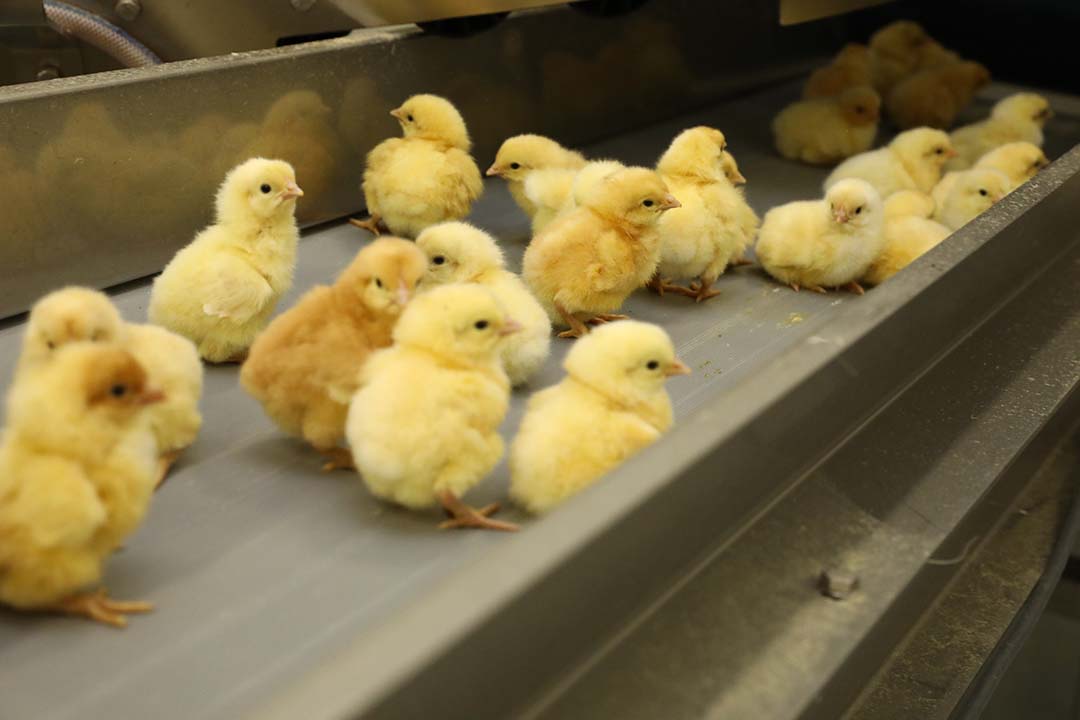
Sustainable alternatives to antibiotics
While there is no silver bullet to replace antibiotics, bacteriophages and vaccines are administered to control disease, and prebiotics, probiotics and synbiotics are used for disease prevention and growth promotion purposes.
In-ovo sexing opens door to on-farm hatching of layers
In-ovo sexing technology allows egg producers to sort males and females early in incubation with the aim to hatch only females. While this technology was initially developed to end the practice of male chick culling, it has the potential to improve welfare, sustainability and efficiency by unlocking additional technologies, such as on-farm hatching.
Towards sustainability with synthetic microbiota
In this article we consider how microbiota engineering has demonstrated success in the treatment of disease and improving poultry industry productivity.
An extra pair of eyes in the broiler house
A camera system is being developed to alert broiler growers to behavioural changes in their flocks so that farmers can intervene earlier in the event of disease or welfare issues. The first results of this system, called the Ethometer, look promising.
Column: Emotion or reason – that is the question
Quite often, legislation in the field of animal husbandry is based on emotion rather than reason, says researcher and columnist, Rick van Emous.
 Beheer
Beheer


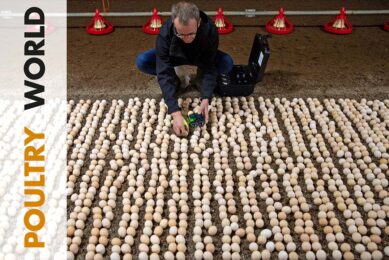
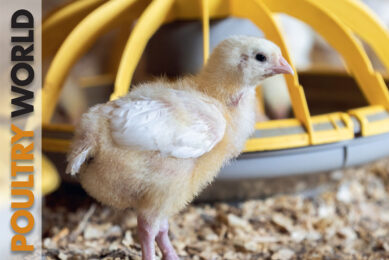
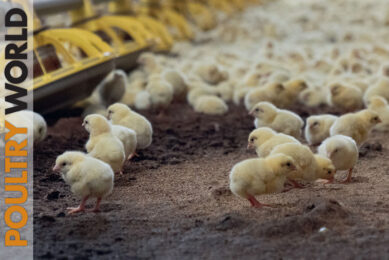



 WP Admin
WP Admin  Bewerk bericht
Bewerk bericht